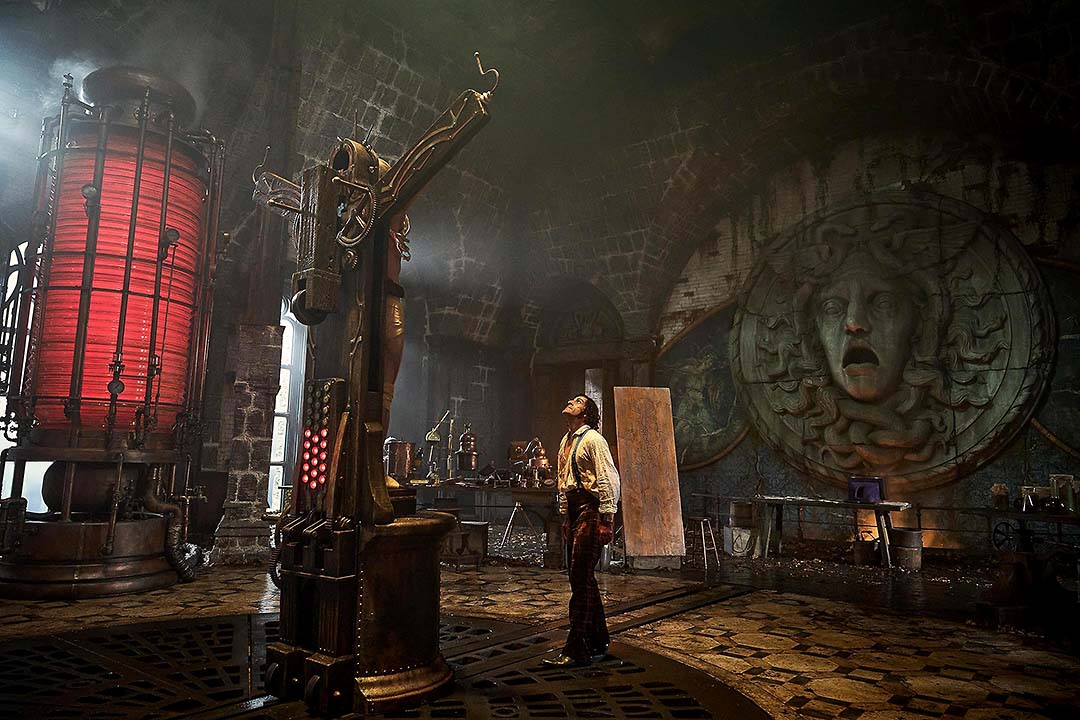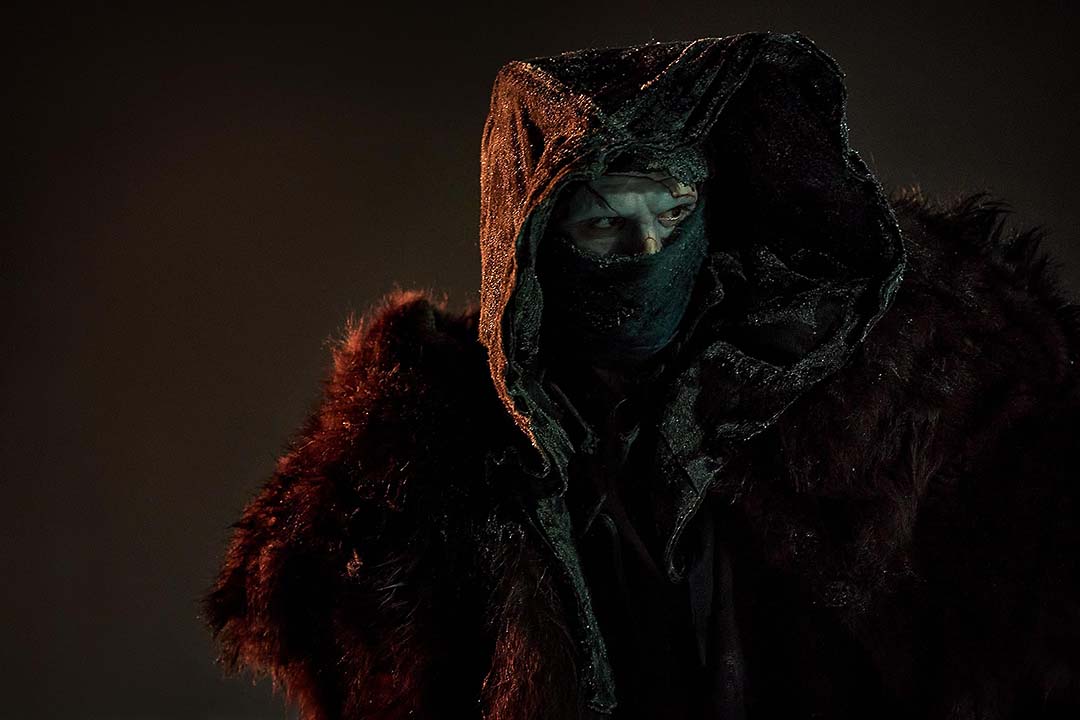On Screen: “Frankenstein”

Frankenstein
 Since childhood, Mexican writer-director Guillermo del Toro (“Pan’s Labyrinth,” “The Shape of Water”) has dreamt of adapting Mary Shelley’s 1818 novel “Frankenstein: Or, the Modern Prometheus” into a horror-fantasy of epic artistry.
Since childhood, Mexican writer-director Guillermo del Toro (“Pan’s Labyrinth,” “The Shape of Water”) has dreamt of adapting Mary Shelley’s 1818 novel “Frankenstein: Or, the Modern Prometheus” into a horror-fantasy of epic artistry.
“I pitched it everywhere,” he recalls. “It’s been my sort-of Mount Everest to climb.”
His story begins in 1857 in the Arctic, where a ship bound for the North Pole is trapped in ice. When Danish Captain Anderson (Lars Mikkelsen) spies a giant, wraithlike Creature, wrapped in animal furs, pursuing gravely wounded Victor Frankenstein (Oscar Isaac) through the tundra, he rescues him. In gratitude, Victor relates what led him to this predicament.
Although born into Victorian era wealth and privilege, young Victor (Christian Convery) suffered savage paternal abuse. His British father, Leopold Frankenstein (Charles Dance), was a renowned surgeon and harsh disciplinarian, determined to pass along his extensive medical knowledge to Victor.
After his empathetic French mother (Mia Goth) died giving birth to a second son, William, Victor obsessively pursued his quest to understand human anatomy, morbidly gathering fallen corpses on a battlefield and dissecting the fresh cadavers, assembling a chophouse to further his gruesome research.

Ensconced in a castle in coastal Scotland, he stitched severed body parts together to form an experimental Creature that he re-animated in an elaborate laboratory, equipped with gigantic glass columns, funded by vintage venture capitalist Heinrich Harlander (Christoph Waltz).
Years passed and Victor fell in love with Heinrich’s niece, William’s fiancée Elizabeth (double-cast Mia Goth), an entomologist who discovers and befriends the chained Creature (Jacob Elordi) whom Victor has confined in the basement.
Far from a nightmarish ghoul, handsome, 6'5"-tall Jacob Elordi resembles an innocent, ethereal android, clad in a loincloth of bandages — recalling Mary Shelley’s dictum that the egomaniacal inventor is more dangerous than his enigmatic, tormented ‘monster,’ tragically doomed to be an immortal outsider.
So what Guillermo del Toro has made is a poignant conception of what it means to be human: to crave love and seek understanding — sanctified by the filmmaker’s dazzling visual imagination, particularly his opulent use of shapes and color, reminiscent of Hieronymus Bosch.
Headed by cinematographer Dan Laustsen, production designer Tamara Deverell, and costumer Kate Hawley, his craft and special effects teams are top-notch, augmented by Alexander Desplat’s edgy score.
On the Granger Gauge of 1 to 10, “Frankenstein” is a stunning, sumptuous 7, streaming on Netflix.
 Susan Granger is a product of Hollywood. Her natural father, S. Sylvan Simon, was a director and producer at M.G.M. and Columbia Pictures. Her adoptive father, Armand Deutsch, produced movies at M.G.M.
Susan Granger is a product of Hollywood. Her natural father, S. Sylvan Simon, was a director and producer at M.G.M. and Columbia Pictures. Her adoptive father, Armand Deutsch, produced movies at M.G.M.
As a child, Susan appeared in movies with Abbott & Costello, Red Skelton, Lucille Ball, Margaret O’Brien, and Lassie. She attended Mills College in California, studying journalism with Pierre Salinger, and graduated from the University of Pennsylvania with highest honors in journalism.
